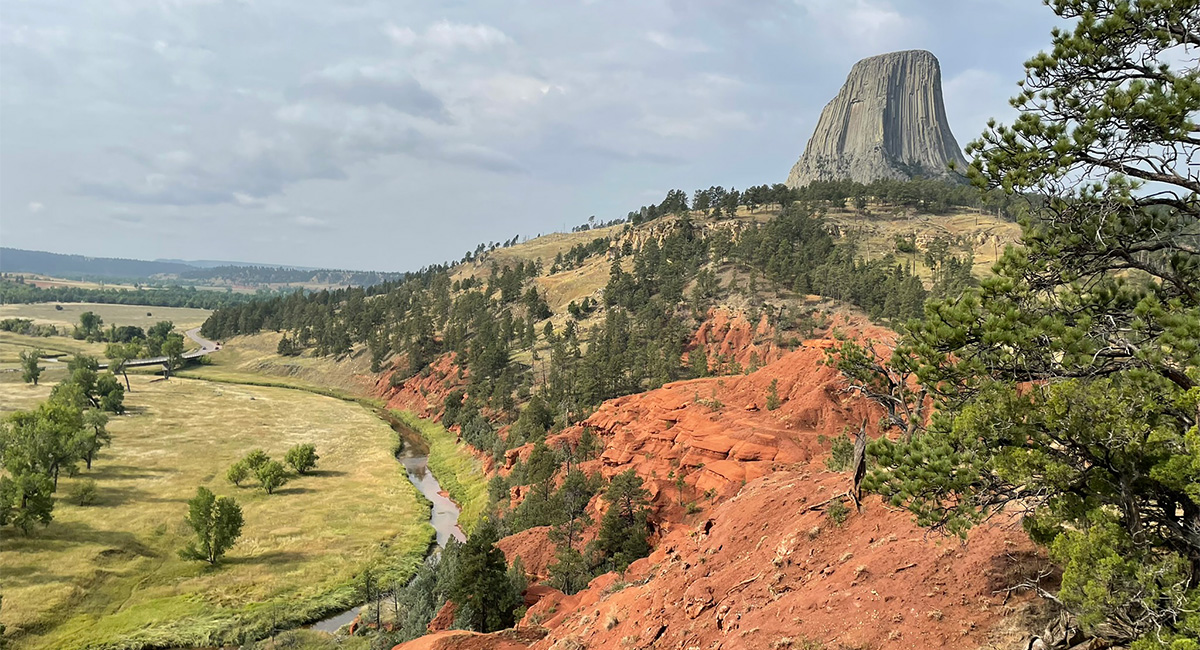
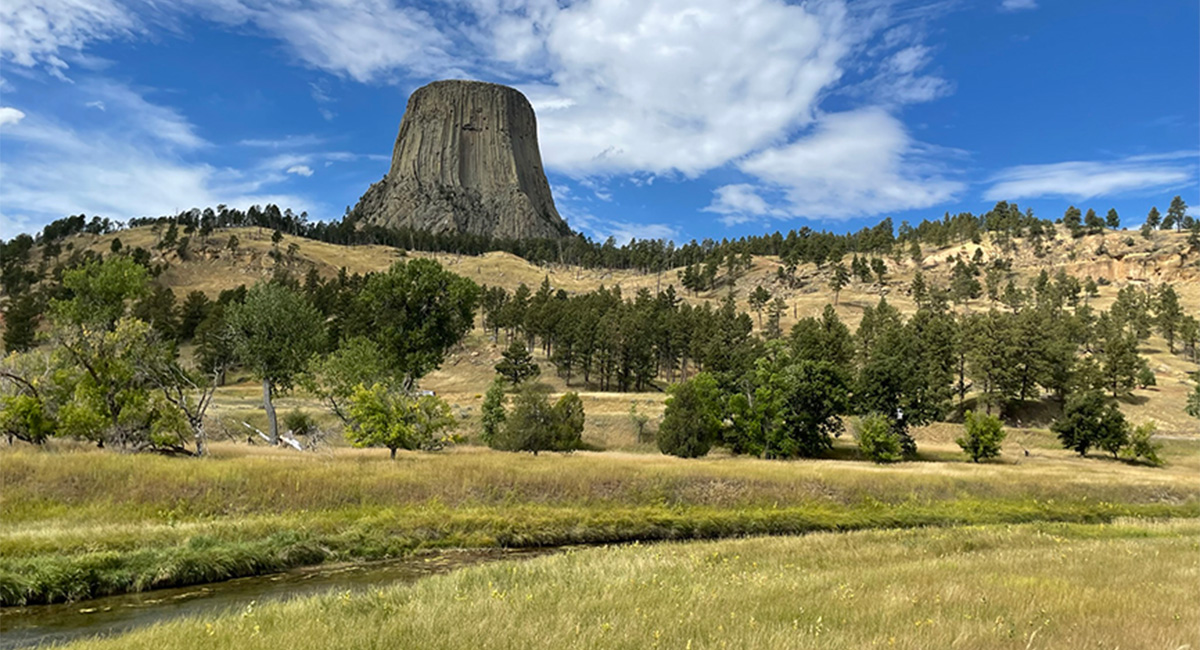
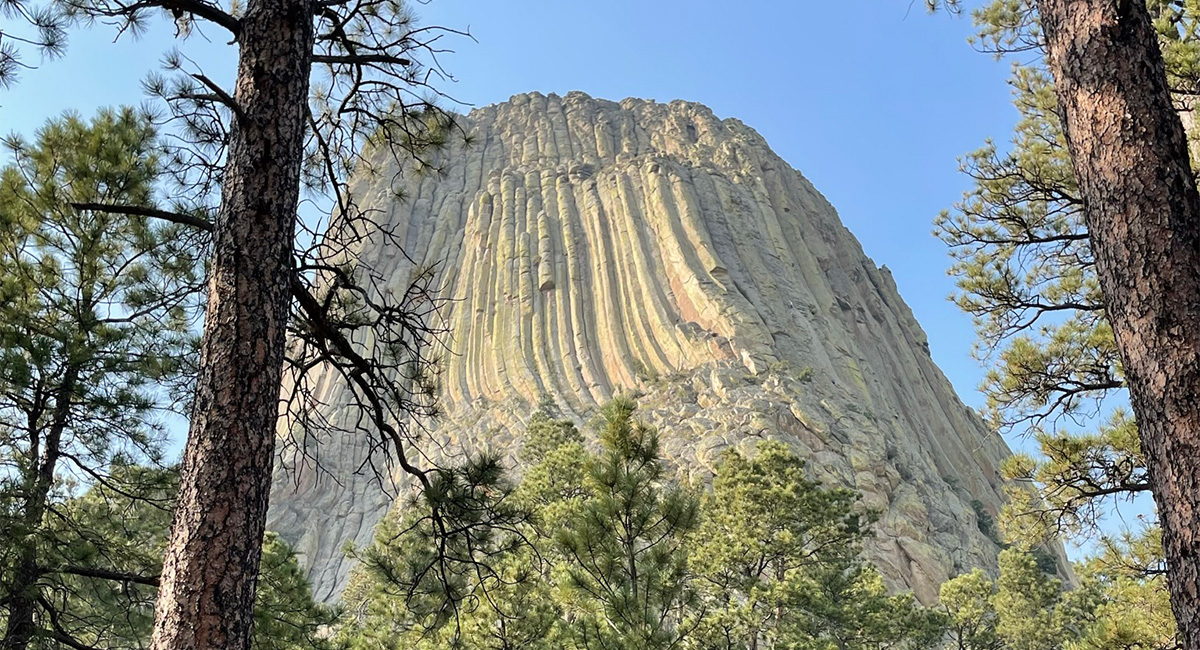
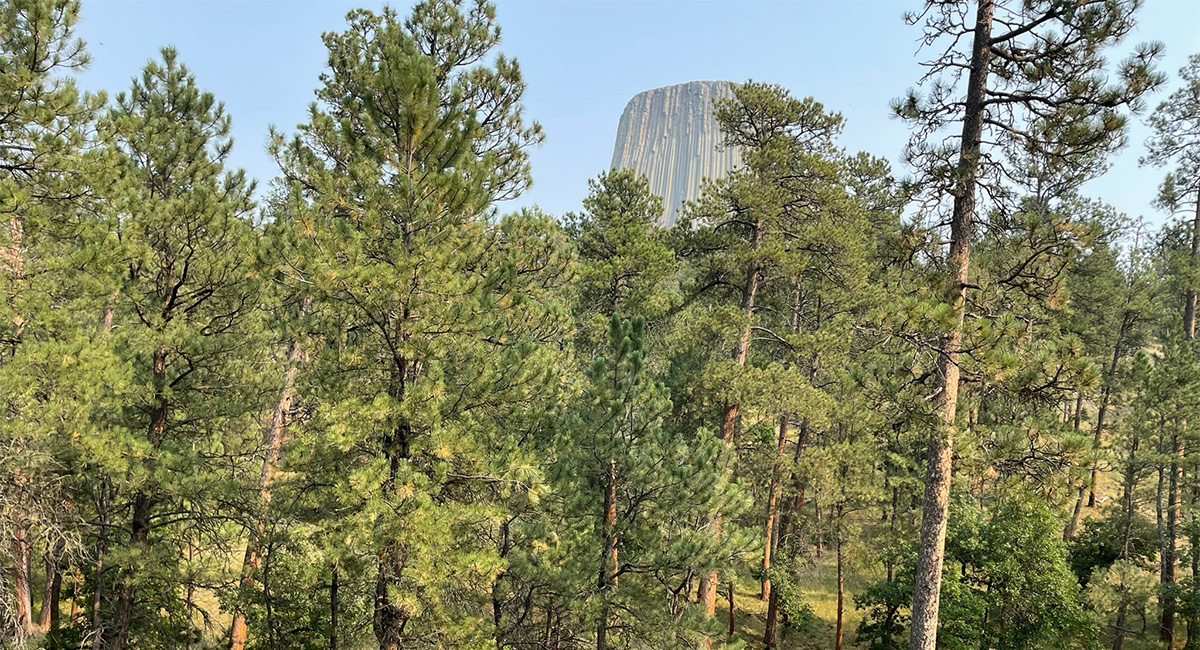
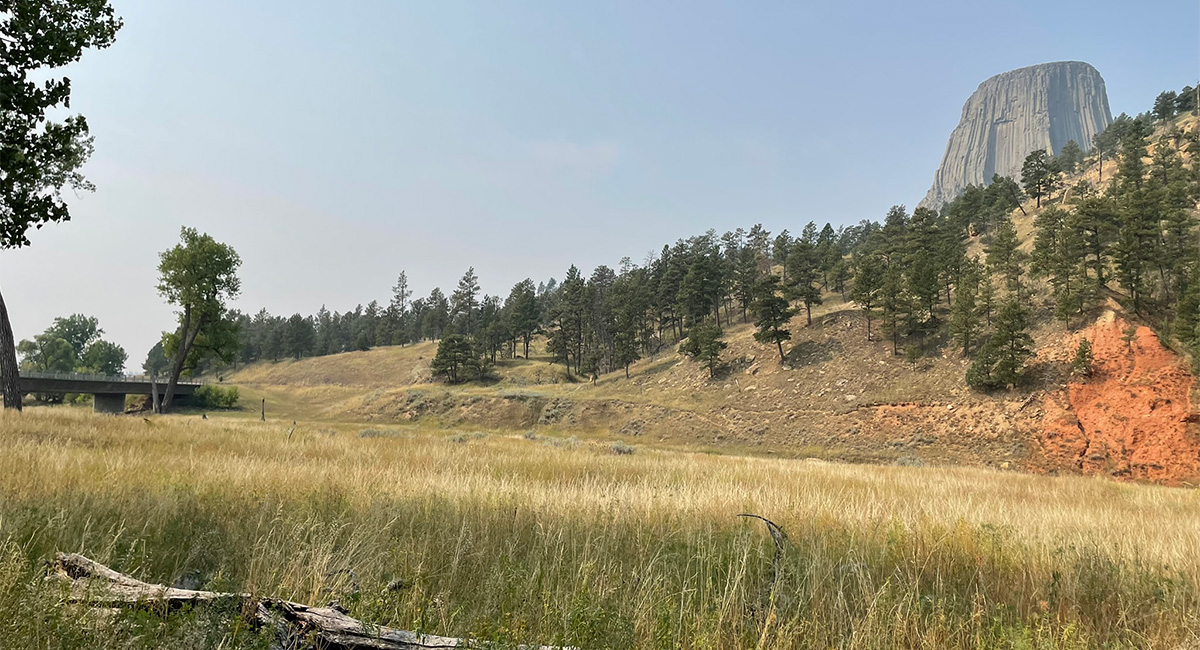
Bear Lodge Cultural Landscape Report
There’s a stone tower in Northwest Wyoming that looks like nothing else around. It is a sacred site of pilgrimage, ritual, and culture for Native Nations nearby and far in all directions, and has been since time immemorial.
Known to many Native Americans as Bear Lodge, it holds Native Nations’ origin stories; the rivers nearby offer medicine and sustenance; even the first recorded sun dance happened at the base of the tower. A place of deep spiritual significance to the Native Nations of the Northern Plains and Black Hill regions, and many others, this ancestral land is interconnected with their history, seasonal migration, and culture.
When asked by the Intermountain Region of the National Park Service (NPS) to help plan for the future of the site (more recently named Devils Tower National Monument), MIG approached with humility. Working with ARG Conservation Services, MIG referenced research and stories collected during the years-long consultation process—moving at the speed of trust and mutual respect.
The final Cultural Landscape Report (CLR) includes documentation, analysis, and evaluation of character-defining features. It also establishes the historical evolution, existing conditions, and treatment recommendations for the significant landscape features, including a plan for ongoing Native Nation co-stewardship.
This area has been an important sacred landscape for more than 10,000 years. As the NPS re-examines the United States’ history with Native Nations and Native American peoples, MIG’s work helps the region and the Park meet NPS compliance requirements, from their Foundation Document and Resource Stewardship Strategy to the federal Native American Graves Protection and Repatriation Act, and Plant Gathering guidance. At the same time, the CLR guides an integrated reliance on Native science, knowledge, stories, and a reverent and continued collaboration between NPS and Native Nations with deep and inseparable connections to the site. The CLR also delivers on requirements in the Department of the Interior’s Director’s Order 28, all of which seek to protect cultural resources in the National Park system.
